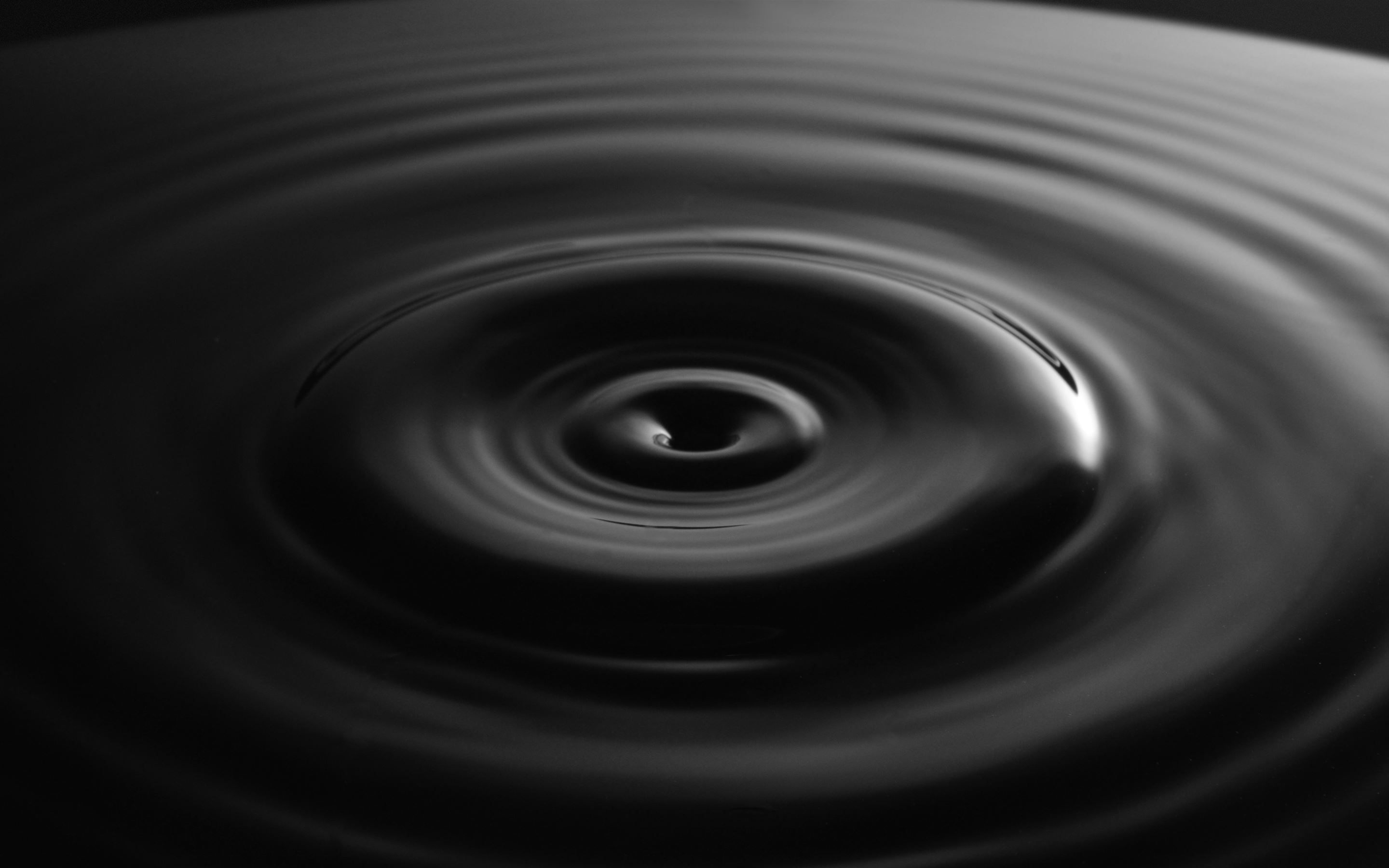Extraction of oil products from underground lenses

One of the current problems in the field of environmental protection is the pollution of soil and groundwater with oil and oil products.
Every year, millions of tons of oil-containing waste end up in the soil and groundwater, water bodies and air. Significant pollution has been accumulated by industrial enterprises over the years of operation under conditions when environmental protection issues were not regulated at the state level and did not attract public attention.
One of the most common types of contamination of soil and groundwater with oil products is the formation of an "oil lens".
What is an "oil lens"?
By the term "oil lens" we understand the underground oil pollution in the form of accumulation of oil or oil products at the groundwater level, which is formed as a result of leaks.
Among the reasons, most often leading to the formation of oil lenses, we can distinguish pollution of the underground environment during transportation of petroleum products by the system of main and auxiliary pipelines, railroad and automobile transport. Contamination is also formed during storage and processing of hydrocarbons on the territories of oil refineries, waste accumulation facilities of various productions and sludge pits.
Oil products are highly fluid. Once in the ground, they penetrate downward rather quickly by gravity until they reach the aquifer or impermeable ground layers. Once the aquifer is reached, a dispersal dome begins to form.
Subsequently, the contamination profile stabilizes: the zone of highest concentrations redistributes to the surface of groundwater, forming the so-called lens.
Above and below the level of the "lens" there are petroleum products in the adsorbed state (in the aeration zone) and trapped form (below the groundwater level) in high concentrations, but not having mobility.
The lens formed this way may have mobility, although its velocity is usually low.
The petroleum product accumulated under the ground can be extracted. Wells or trenches are usually used for pumping out the contaminants, where pumps or passive oil skimmers are installed, depending on the thickness of the lens and the type of soil.
Experience of NNIAT LLC in oil-contaminated soil treatment
NNIAT’s specialists successfully implement projects on searching, stopping migration and extraction of underground oil pollutions with their further treatment and return to the Customer.
Prior to start of works, we carry out engineering and hydrogeological surveys. The purpose of preparatory studies is to determine the contamination propagation limit, the direction of migration as well as to determine the depth of oil-containing lenses level. Application of modern research methods also allows us to quickly identify soil contamination in the territories of enterprises.
After identifying underground lenses and carrying out the laboratory research, a method is chosen to localize the contamination and limit its spread. At the refinery’s industrial area, wells are drilled which are used to pump out the accumulated oil product.
The oil product is brought into compliance with the requirements for water content and mechanical impurities, then it is returned to the Customer or sent for processing.
Advantages of NNIAT LLC are:
- Large number of implemented projects in Russia and abroad;
- Own production, science and technology infrastructure;
- Application of own technologies, reagents, preparations;
- Possibility to remove pollution at depths of up to 70 meters;
- Return of oil products to the Customer.
The result of using NNIAT technologies is not only the removal of existing pollution, but also monitoring of the ecological situation. When performing works, we use the method of drilling exploratory and control wells to prevent repeated migration of hydrocarbon streams.
You can read more on the service page, or just contact us, and we will provide you with all the necessary information

